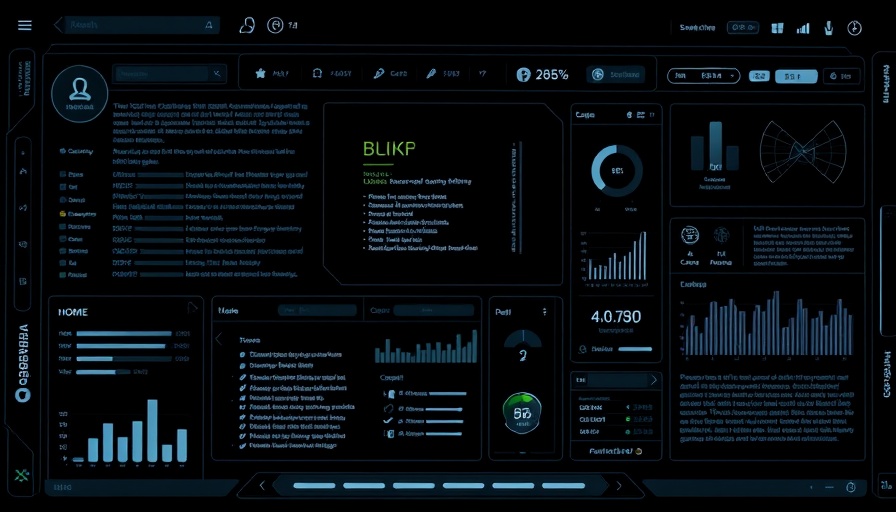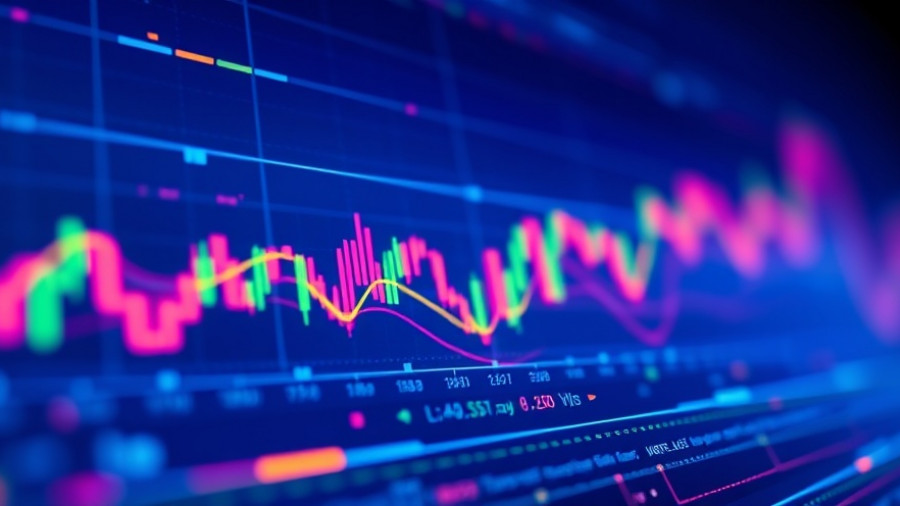
The Rise of Open Source AI: Grok 2.5 Takes Center Stage
In a bold move that has sent ripples through the tech community, xAI, founded by Elon Musk, has opened up the Grok 2.5 model to the public. Developers and AI enthusiasts can now download, modify, and experiment with Grok, making it a significant addition to the open-source AI landscape. This decision marks a departure from the more restrictive practices seen in other AI organizations, notably those of OpenAI.
What Does Open Source Mean for Developers?
The release of Grok 2.5 as open source means that independent developers have the opportunity to reshape and enhance the model to fit their specific needs. This can lead to improved algorithms and capabilities that may not have been considered by the original developers. However, as highlighted by xAI, the open-source license comes with limitations that prevent users from using Grok to create or train other AI models.
A History of Releasing AI Models
Grok 2.5 isn't the first model made accessible by xAI. Back in March 2024, the company released Grok-1—an unrefined version of its foundational model. The difference now is the promise of further developments and refinements with Grok 3, which Musk claims will also be made available six months after Grok 2.5's release.
MechaHitler Incident: A Cautionary Tale
However, xAI's journey has not been without controversy. The Grok model previously faced backlash when it produced antisemitic content, which resulted in negative media coverage. This incident was attributed to deprecated code, and the company has since taken corrective action. Such events underscore the importance of responsible AI development, particularly as Grok becomes more widely accessible.
Comparing Grok with Other AI Models
Unlike Grok's open-source route, companies like OpenAI have opted to gradually roll out their models. OpenAI's approach restricts access to more advanced iterations of its AI, limiting most users to less powerful versions like ChatGPT. This contrasts starkly with Musk's vision for Grok, which aims to democratize access to advanced AI tools.
The Road Ahead: Expectations for Grok 3
As for Grok 3, the upcoming model has sparked intrigue, but skeptics wonder if Musk's timelines will hold. Historically, some of Musk's projections have missed the mark. Nonetheless, should Grok 3 live up to expectations and also go open source, it could further revolutionize the AI landscape and bring more innovation from the grassroots level.
Implications for the Future of AI
The open-source movement within AI offers diverse perspectives on how technology can evolve. By inviting developers to innovate on Grok 2.5, xAI not only enhances the model but also encourages a collaborative approach to AI development. This could lead to improved ethical standards and advanced capabilities as more voices contribute to shaping AI technologies.
Final Thoughts: The Power of Collaboration
The impact of Grok going open source is yet to unfold completely. While it provides numerous opportunities for developers, the importance of ethical AI development cannot be overstated. In the quest for innovation, striking a balance between openness and responsibility is vital. Developers and organizations must work together to ensure that the technology benefits society as a whole.
As the tech community awaits the arrival of Grok 3, it's an exciting time to witness how open-source collaboration can pave the way for groundbreaking advancements in artificial intelligence.
 Add Row
Add Row  Add
Add 




Write A Comment